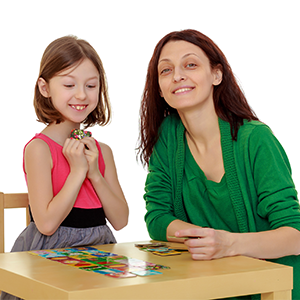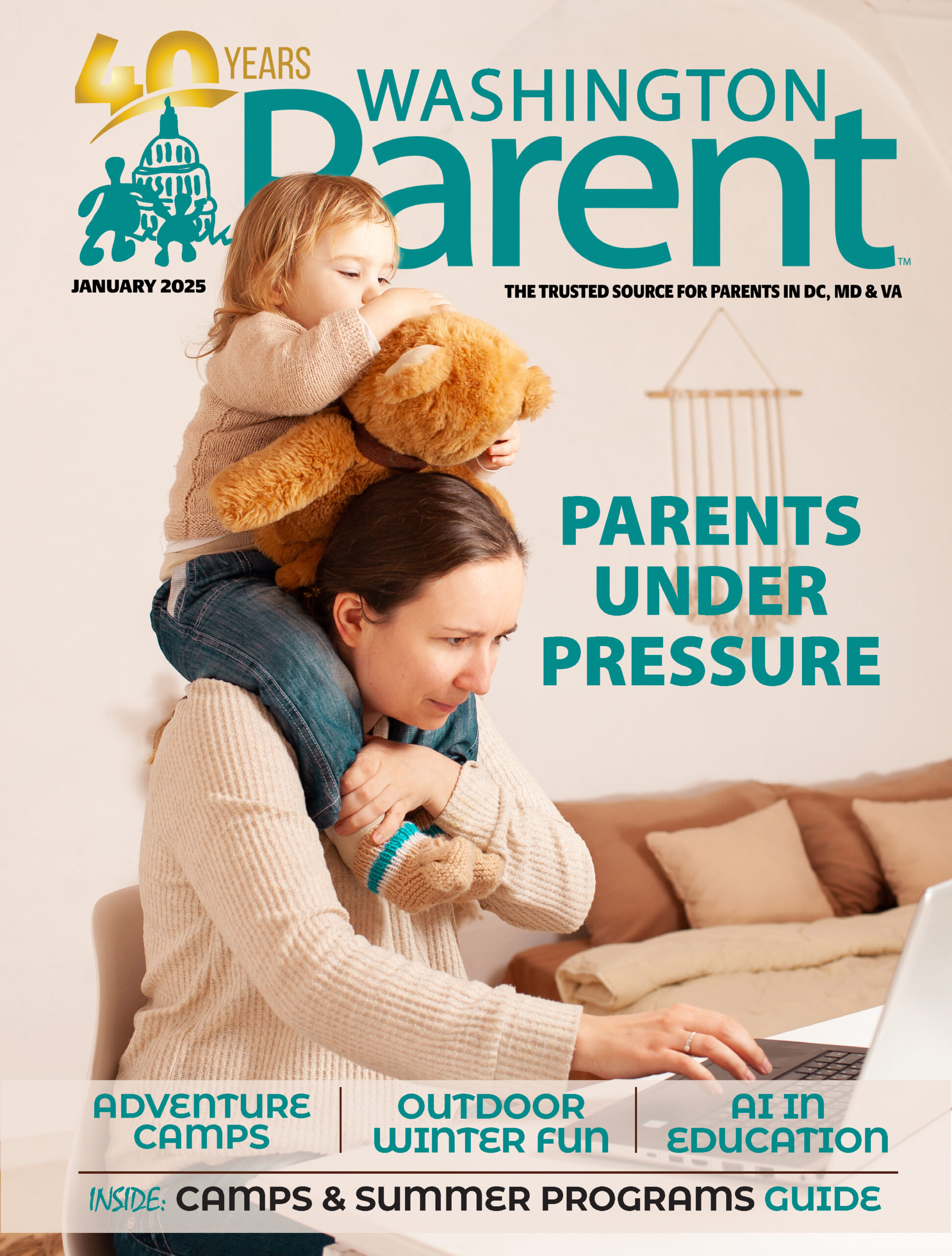Will I get lost?
What if my new teacher is mean?
Who will I sit with at lunch?
Will any of my friends be in my class?
As summer draws to a close and the new school year approaches, it is normal
for children to feel butterflies in the pit of their stomachs and to wonder
what awaits them in the next grade level, classroom or school.
Back-to-school jitters may lead to an emotional roller coaster ride, with
unpredictable bursts of anxiety, irritability or tantrums.
Stressing over the unknown brings out the fight or flight instinct in all
of us. We cease to use our rational brains and can easily find ourselves in
an endless loop of anxiety and negative self-talk. Planning, practice and
predictability will help children tackle the challenges of the actual
situation, rather than getting lost in a fog of vague worry and nervous
anticipation.
Put your oxygen mask on first
Parental emotions are contagious. Kids invariably pick up on them, so the
first step to a calmer child is a calmer parent. During the weeks leading
up to the new school year, postpone whatever you can on your to-do list and
squeeze in extra time for sleep, exercise and down time – reading with your
feet up, puttering in the garden, getting a massage – whatever will lower
the temperature along with your heart rate.
Children like to vent to those they trust – just like adults do. Their
situation may sound worse to you than it actually feels to them. Keep your
child in charge of her situation by remembering that you are the coach, and
she is the player. Learning to manage anxiety is a crucial part of growing
up, and far better practiced with the safety net of home, rather than
delayed until entering the “real” world.
Ensure that tasks equal time
Feeling in a rush is a sure way to boost stress and anxiety. In order to
maintain calm, make sure you have adequate time for the tasks at hand.
Since we can’t make time grow, it may be necessary to make tasks shrink.
Whittle down the family schedule to a minimum during the run-up to school.
Do the math, and if tempted to take on another commitment, ask yourself
what you are willing to give up in order to gain the extra time.
Shortchanging sleep is not an option!
Assume everything is going to take 20 percent longer than you expect and
schedule the extra time. If you end up with surplus minutes, use them to
put on some music and do a three-minute “crazy dance” with your child, and
then congratulate yourself on finding one more opportunity to reduce
back-to-school stress.
Use your ears more than your mouth
Determine the specific triggers of your child’s worries by listening
closely to what she says. Refrain from jumping to conclusions or projecting
your own anxieties onto her. Consider yourself a sounding board rather than
a problem-solver. When you speak, honestly validate her feelings. “You’re
right. Kids can be mean” or “Yes, it’s hard to switch to a new school.”
Acknowledge that you have had those feelings, too – and so has everyone
else!
Kids can feel hurt when their concerns are dismissed with an offhand remark
like “It will be fine. You’re worrying over nothing,” or the suggestion of
a quick fix such as, “All you have to do is … ” It is actually more
helpful and encouraging to give credence to a child’s concerns and refrain
from solving her problems.
Stress-busting solutions
After pinpointing the specific causes of your child’s concern, help him
brainstorm practical solutions. Here are some ideas for overcoming common
back-to-school worries:
-
Spend time having fun on the playground to familiarize your child
with the school and create positive associations with it.
Exercising outdoors has the additional advantage of burning off
nervous energy that makes it easier to fall asleep at night. -
Bring your child along when you submit a form to the administrative
office and take a mini-tour of his future classroom, the nearest
bathroom, the cafeteria and other key areas. -
Visit the areas for drop-off and pick-up, and practice walking with
your child to and from the school entrance. If your child will take
a bus, test-drive the route, pointing out interesting sights along
the way. -
Invite your child to select a new lunch bag, help plan meals and
afterschool snacks and practice making them. Avoid refined sugar
and flour (which increase cortisol levels) and focus on
mood-stabilizing protein (such as cheese, yogurt or nuts). -
While playing together, use dolls or puppets to role-play ways of
joining a group of kids at recess or lunch and making conversation. -
Ask your child’s teacher or the school’s administrative office for
the daily schedule and put it on the refrigerator, illustrated with
pictures for children too young to read. Talk your child through
the schedule and other parts of the routine (“We’ll do our special
high-five, and then you’ll hang up your backpack in the cubby and
sit down for circle time.”).
Provide as many of the missing pieces of the puzzle as you can by involving
your child in back-to-school preparations. Take him along to buy school
supplies or new clothes and keep him in charge by asking him to choose
between two or three options. Ask where he would like to keep his school
materials so he can consistently find them. Arrange playdates with one or
two kids in his class so that there will be familiar faces in the
classroom.
Model courage and confidence
Your attitude will help set the mood, so be sure to stay positive, calm and
encouraging. Focus attention on things your child does well and can look
forward to, and avoid dwelling on past failings or fears of the future.
With preparation and a positive attitude, heading back to school can be a
cause for celebration rather than alarm.


